

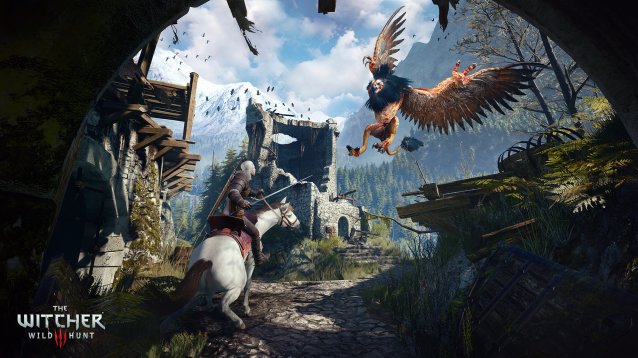
Games have been accused of a lot of bad things. In the mid to late ‘90s, they were called violent murder simulators that encouraged kids to shoot up their schools. More recently, they’ve been called sexist, misogynist, and even racist. Some newer games have been labeled as regressive merely for the crime of having regressive elements.
As works of fiction, games have come a long way over the past two decades. In the original The Witcher, players collected a series of cards with lewdly drawn art for having sex with female characters throughout the course of the game. In the original Tomb Raider, the protagonist Lara Croft existed as little more than eye-candy to titillate the presumably male gamer, who donned a variety of costumes designed to put emphasis on her sexuality and little else.
Much has changed since then, with the new Tomb Raider approaching tough issues like sexual assault and approaching them in a way that is not demeaning to survivors. Written by Rhianna Pratchett, the game’s narrative focused on the development of a strong, complex female character and it did so beautifully. Lara is challenged by a host of ordeals throughout her adventures on the island of Yamatai and emerges a survivor.
In the upcoming game, Rise of the Tomb Raider, Lara Croft must cope with the reality of post-traumatic stress disorder through therapy. Judging from the trailer, these issues are dealt with the same complexity and nuance as the first game.

This complexity and nuance is rivaled in the recently released The Witcher 3, whose writers have told one of the best stories I’ve seen in video games to date. The game’s extensive and engrossing narrative invites players to assume the role of Geralt of Rivia, the titular Witcher, a slayer of monsters and adventurer. This time around, Geralt is on the hunt for his adoptive daughter, Ciri, who the player also assumes control of at various points in the story.
Throughout the story, both Geralt and Ciri encounter a host of moral quandaries that players must then decide on how to solve. Like real life, there are no clean solutions to many of these problems and the choices the player makes can leave one questioning whether they did the right thing, many hours after playing a session of the game.
Early on in the game, there is a point where a dwarven blacksmith who had been living in a village for over 50 years has his livelihood ruined when his business is burned down by a drunkard unhappy with the dwarf’s affiliation with the Nilfgaardian army, who conscripted the blacksmith to produce arms and armor for them. As Geralt, the player must decide whether to turn the drunk in to face justice or cover up for him. In turning him in, the drunk is hanged for his actions by the Nilfgaardian soldiers and the blacksmith is shunned by the town’s peasantry. To reiterate, there are just no easy solutions.
The game also provides a commentary on the horrors of war, damning those who glorify it with the inclusion of war orphans, civilian casualties and ravaged countrysides. Brigands, taking advantage of the turmoil and the war between Nilfgaard and the Northern states, conduct wicked acts and subject the local populace to their brand of oppression. They rape and pillage, and the results of their atrocities are evident throughout the game. The Witcher 3 does not shy away from its depiction of brutality, but it does not endorse it.
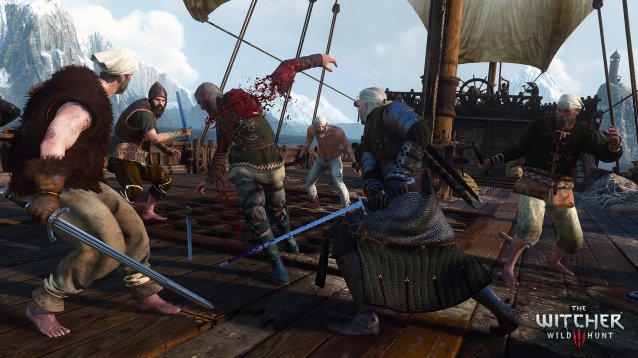
Just as it is in the real world, The Witcher 3’s world contains a lot of bigotry. The sequences in which the player assumes the role of Ciri, the game's main female character, villains call her a litany of gendered slurs, just as they call the game's male protagonist Geralt a "freak" for being a Witcher and a mutant.
Instead of eschewing such ugly portrayals of bigotry, The Witcher 3 challenges players to tackle these bigots head on and gives the player the opportunity to cut their heads off and set things right. In this, The Witcher 3 is no different from how Tomb Raider allows Lara Croft to defend herself in the now infamous sexual assault scene.
These elements are facets of the game's internal consistency, which itself is based upon a series of books that depict the world in very much a similar manner. The world of The Witcher 3 may have ghouls and wraiths and a host of other monsters, but it's also designed to be a realistic mirror to our own world, where prejudice and bigotry relating to genders and races exists.
Regressive elements have their place in fiction; artists like the developers at CD Projekt RED and Rhianna Pratchett are capable of weaving compelling narratives that invite players to critically examine and even challenge these issues.
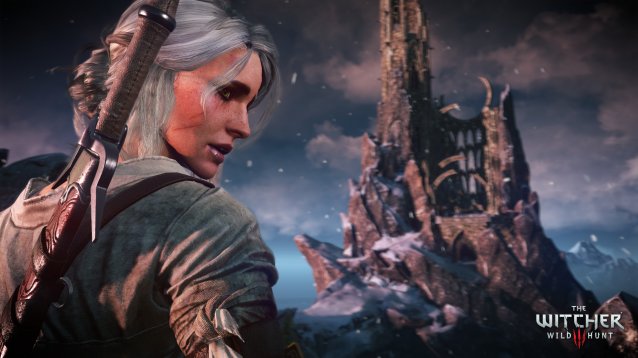
Throughout The Witcher 3, characters give the player agency to act against bigotry and injustice. At no point does the game ever tell you that Ciri is anything but a capable fighter whose strength and fighting ability are even superior to that of her mentor, Geralt. The other women in the game, including Triss and Yennefer, are no less capable in their own ways as powerful sorceresses. These are women who are more than capable, even when the gaming world has dissidents who say they aren’t--it’s up for the player to grab the reigns and prove that these women can overcome their detractors. The inclusion of sexism does not equate endorsement any more than the depiction of chattel slavery in Mad Max: Fury Road is an endorsement of misogyny.
The Handmaid's Tale by Margaret Atwood, a dystopian work of fiction, depicts a world in which women are subjugated by their male counterparts and explores the various means by which they gain agency. Much like The Witcher 3, the book offers a look at inequality through the lens of fiction--where the game does different, however, is it lets players actually fight to overcome these antiquated and troublesome realities. If anything, this speaks to the power of gaming as a form of art and experience, as it lets people experience different realities with different outcomes rather than being taken on a ride through a linear, predetermined narrative.
Geralt’s world is like ours: as ugly as it is beautiful. There are acts of kindness and there are acts of selfishness; there are heroic redemptions and tales of extreme woes. It would be disingenuous for The Witcher 3 to do otherwise.
And while neither The Witcher 3 nor Tomb Raider are perfect, this does not invalidate what they do achieve. It also doesn’t invalidate the fact that they’re trying to move in the right direction. In order to grow as a medium and artform, games need to take more risks and ultimately these two games are a step in the right direction.


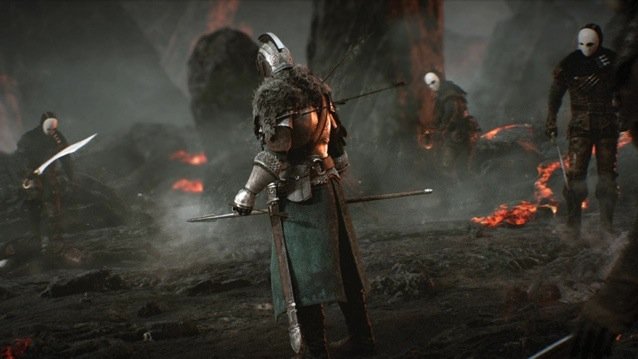

 Metal Gear Solid V: TPP Music Tapes Locations - Where to Find Them All
Metal Gear Solid V: TPP Music Tapes Locations - Where to Find Them All Fallout 3 Guide
Fallout 3 Guide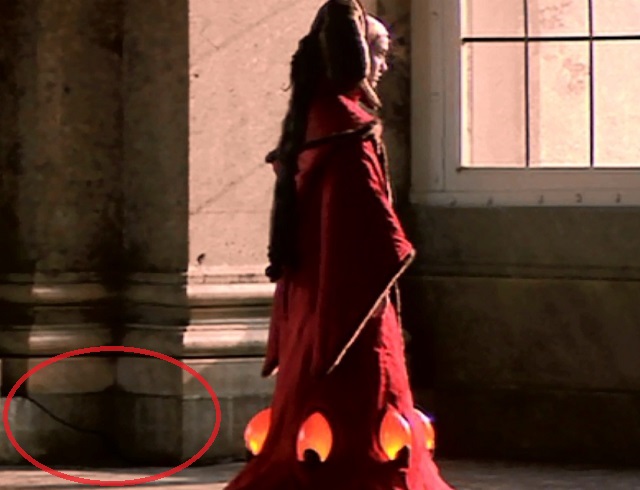 12 Star Wars Mistakes You Have Never Spotted Before
12 Star Wars Mistakes You Have Never Spotted Before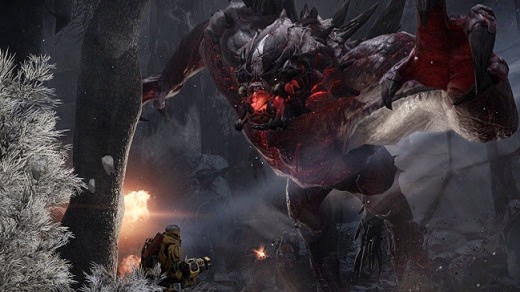 Evolve classes guide: Assault, Medic, Trapper and Support
Evolve classes guide: Assault, Medic, Trapper and Support NRA Blames Videogames for Sandy Hook Shooting, Calls Game Developers Pornographers
NRA Blames Videogames for Sandy Hook Shooting, Calls Game Developers Pornographers